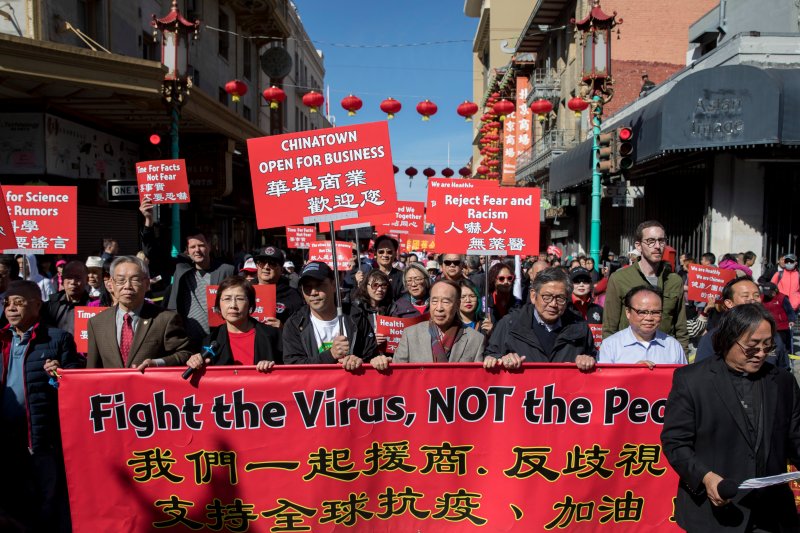Violence Against Asian Americans Is on the Rise

In New York, a woman had acid thrown in her face. In California, a high schooler was beaten up and sent to the hospital. In Texas, a family of three was stabbed by a man who thought they were “Chinese and infecting people with the coronavirus.”
As COVID-19 has spread across the U.S. and around the world after first being identified in Wuhan, China, so have attacks against Asians and Asian Americans. In March, the FBI warned that there could be a surge in in hate crimes against Asian Americans, and data has reflected this: in New York, all 15 coronavirus-related hate crimes investigated by the NYPD Hate Crimes Task Force have been directed at Asian victims, according to NYPD detective Annette Shelton. Nationwide, one advocacy group has collected more than 1,200 reports of racist attacks against Asian Americans since the start of the outbreak.
But this wave of attacks is far from a new development. Asian Americans, a new docuseries that arrives on PBS on May 11, traces this history all the way back to the 19th century, when mobs committed mass murder on Chinese immigrants on the West Coast. Since then, Asian Americans, commonly thought of as an upwardly mobile model minority, have often been violently scapegoated for larger societal issues, with their attackers only vindicated or protected by institutional forces.
“This will be one of the major storylines that viewers are going to be surprised and even shocked by,” Erika Lee, a historian who appears in the series, tells TIME.
Asian Americans covers many aspects of history, from college campus protests to the rise of cultural icons like Anna May Wong and Margaret Cho. But its segments about prejudiced violence have particular resonance in this moment. Lee and producer Renee Tajima-Peña hope that the series will put the current attacks into perspective.
“You see these fault lines of racism and xenophobia in relation to immigrants that have always been there,” Tajima-Peña tells TIME. “In times of crisis, they erupt. They erupted during World War II; they erupted after 9/11. And they’re erupting now.”
Below is a brief history of some of the most notable, yet often overlooked, incidents of racist attacks toward Asian Americans—and a path forward as the current pandemic incites violence anew.
Yellow Peril
In the mid-1800s, tens of thousands of Chinese immigrants came to the United States seeking the “Gold Mountain” of California. But instead of finding riches, many of them became hard laborers on the transcontinental railroad, blasting through the Sierra Nevada under brutal working conditions. When the railroad was finished in 1869, many workers settled in Chinatowns on the West Coast, becoming farmers, fishermen, launderers or domestic servants.
Follow us on twitter (ajuede.com) or on Instagram (ajuedeman) for details of the global situation presently.





.jpeg)
Comments
Post a Comment